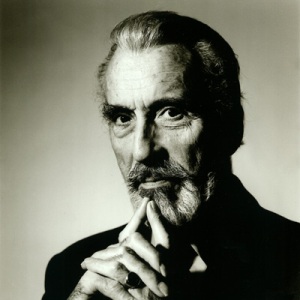“I feel thin… sort of stretched, like butter scraped over too much bread.”
Proclaims Bilbo Baggins in J R R Tolkien’s The Lord of the Rings. Although referring to the life prolonging powers of the “One Ring” his words take on a new significance in light of the decision to split the forthcoming New Line Cinema / MGM adaptation of Tolkien’s earlier work The Hobbit into two films. The decision seems less a question of bread and more a question of dough (sorry), and there are valid arguments from New Line and MGM’s perspective. The production costs are likely to be high, with a huge cast of established actors to pay, months of on location filming in New Zealand not to mention a huge special effects budget. So for all this outlay the studios want to ensure they get a big pay day especially taking into account MGM’s well documented financial problems. What better way to achieve this than by splitting the story into 2 parts and effectively doubling the box office takings. However from an artistic stand point just how can the original text be spun out over two feature length films?
Now as you know from my previous post I am all for film adaptations being given the screen time to do justice to the text, but in the case of The Hobbit, its modest 320 pages can easily be told in a 2 ½ – 3 hour feature. Peter Jackson and New Line deserve all the credit they have received for the LOTR adaptations. The films captured the grandeur and scope of the book. With near faultless casting and astute editing Jackson and his team delivered the best adaptation we could hope for. However, The Hobbit is an all together different kettle of fish with an entirely different focus and feel. To re-imagine the earlier book and shoot it in the same epic, bombastic style just to make it fit cinematically with the earlier films would be a mistake.
Stylistically The Hobbit is very much a children’s book, whereas LOTR links complex, simultaneous narrative strands, jumping thousands of miles across the face of Middle-Earth The Hobbit is very much Bilbo’s story and rarely does it leave his view point. This is what makes it such a wonderful story for children. Bilbo is whisked off from his peaceful uneventful existence on a magical adventure involving magic, dragon’s and treasure. In contrast to the huge burden of responsibility placed on Frodo’s shoulders in LOTR, Bilbo’s and the reader’s adventure in The Hobbit is a much more light-hearted affair, untainted by the doom and hardships of the events that are to follow. To over stress the significance of the ring and put more emphasis on other events taking place in Middle-Earth would betray the wonderful innocence of story.

Christopher Lee will reprise his role as Saruman despite the character not appearing in the original text.
A glance at the cast list for the production can lead to much speculation as to where the narrative can be expanded to take in the books background events. Casting recalls for the likes of Cate Blanchett and Christopher Lee as Galadriel and Saruman respectively give clues as to the nature of said expansion, despite the fact that these characters were probably nothing more than twinkles in Tolkien’s eye at the time the book was written. As much as I, and other Tolkien aficionados, would like to see these background events brought to the big screen they do not appear in the original text and their inclusion would surely skew the focus and impact of the film.
More casting news that gives me trepidation is the return of Elijah Wood, whose wet-blanket Frodo from the LOTR films was one of Jackson’s few mis-castings, and Orlando Bloom in the roles of Frodo and Legolas respectively. Neither character appears in the original text. Jackson’s adaptations of LOTR are weakest when he strays from the source material. So any attempt to shoehorn in extra characters to pad the story out over two films should be met with unease. The script is rumoured to contain a framing device of Bilbo recounting his adventures to his nephew. Such filler is not needed and will involve more deviation from the original manuscript.
Of course there is every chance that Jackson will deliver a faithful adaptation that both captures the essence of the text and appeases the studio and the cinema going public. However, I cannot help but be apprehensive when I see a much loved story subjected to the whims of the Hollywood money machine.
Leave a comment